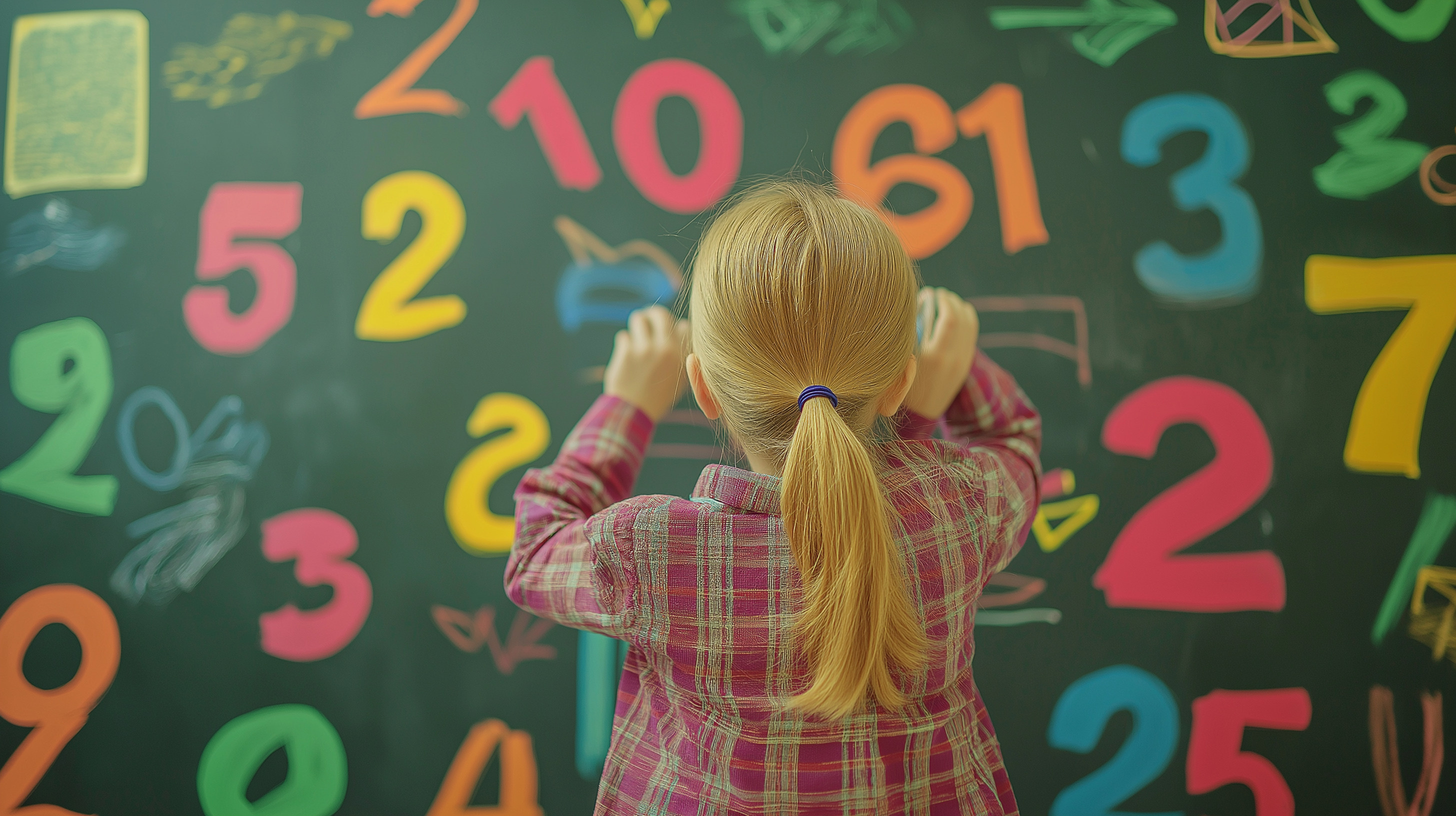
Adaptive learning systems produce substantial academic improvements for K-12 students with executive function disorders, particularly benefiting students with ADHD in mathematics and reading, with effects comparable to intensive one-on-one tutoring.
Adaptive learning systems produce substantial academic improvements for K- students with executive function disorders particularly benefiting students with ADHD in mathematics and reading with effects comparable to intensive one-on-one tutoring... continue

Language teachers' decisions about integrating GenAI tools are shaped by a complex interplay of competence, emotions, contextual constraints, and professional identity—not simply by perceived usefulness—highlighting the need for supportive professional de
Language teachers' decisions about integrating GenAI tools are shaped by a complex interplay of competence emotions contextual constraints and professional identity mdash not simply by perceived usefulness mdash highlighting the... continue

Indonesian university students demonstrate strong technical AI skills but lack critical soft skills in collaboration and cultural integration, revealing a need for holistic AI education that balances technological competence with local wisdom values.
Indonesian university students demonstrate strong technical AI skills but lack critical soft skills in collaboration and cultural integration revealing a need for holistic AI education that balances technological competence with... continue

AI in K-12 education offers transformative opportunities for personalized learning and administrative efficiency, but its successful implementation requires careful attention to equity, ethics, data privacy, teacher training, and robust infrastructure to
AI in K- education offers transformative opportunities for personalized learning and administrative efficiency but its successful implementation requires careful attention to equity ethics data privacy teacher training and robust infrastructure... continue

An online, self-paced AI literacy professional development module designed for non-technical youth educators successfully addresses the critical gap between educators' desire to teach AI concepts and their lack of training, by prioritizing accessibility,
An online self-paced AI literacy professional development module designed for non-technical youth educators successfully addresses the critical gap between educators' desire to teach AI concepts and their lack of training... continue

Ontario secondary school leaders navigate GenAI integration with competing perspectives—viewing it both as an opportunity for enhanced productivity and personalized learning and as a threat to academic integrity and authentic student voice—while facing si
Ontario secondary school leaders navigate GenAI integration with competing perspectives mdash viewing it both as an opportunity for enhanced productivity and personalized learning and as a threat to academic integrity... continue

Students with lower AI competence focus on personal learning risks like reduced creativity and critical thinking, while higher-competence students emphasize systemic risks such as bias and cheating, revealing that AI literacy shapes how students perceive
Students with lower AI competence focus on personal learning risks like reduced creativity and critical thinking while higher-competence students emphasize systemic risks such as bias and cheating revealing that AI... continue

Higher AI literacy among marketing students strengthens their confidence and positive attitudes toward generative AI but does not directly reduce dishonest behavioral intentions, suggesting that technical competence alone cannot safeguard academic integri
Higher AI literacy among marketing students strengthens their confidence and positive attitudes toward generative AI but does not directly reduce dishonest behavioral intentions suggesting that technical competence alone cannot safeguard... continue

A comprehensive AI literacy framework with a four-level progression model provides educators with a structured pathway to develop students' technical competencies and ethical awareness, preparing K–12 learners to responsibly navigate an AI-driven world.
A comprehensive AI literacy framework with a four-level progression model provides educators with a structured pathway to develop students' technical competencies and ethical awareness preparing K ndash learners to responsibly... continue

Current state-of-the-art large language models struggle significantly with fine-grained error analysis in K-12 English writing, achieving only 63-68% classification accuracy and low-quality pedagogical explanations compared to human teachers, revealing cr
Current state-of-the-art large language models struggle significantly with fine-grained error analysis in K- English writing achieving only - classification accuracy and low-quality pedagogical explanations compared to human teachers revealing critical... continue

Despite recognizing AI ethics as important for student development, Chinese secondary school teachers rarely implement it in classrooms due to overwhelming barriers including insufficient content knowledge, inadequate professional development, resource sc
Despite recognizing AI ethics as important for student development Chinese secondary school teachers rarely implement it in classrooms due to overwhelming barriers including insufficient content knowledge inadequate professional development resource... continue

AI integration in Oman's educational portal is successfully advancing personalized learning, data-driven decision-making, and hybrid education platforms, positioning the nation to achieve its Vision 2040 goals of building a knowledge-based society through
AI integration in Oman's educational portal is successfully advancing personalized learning data-driven decision-making and hybrid education platforms positioning the nation to achieve its Vision goals of building a knowledge-based society... continue